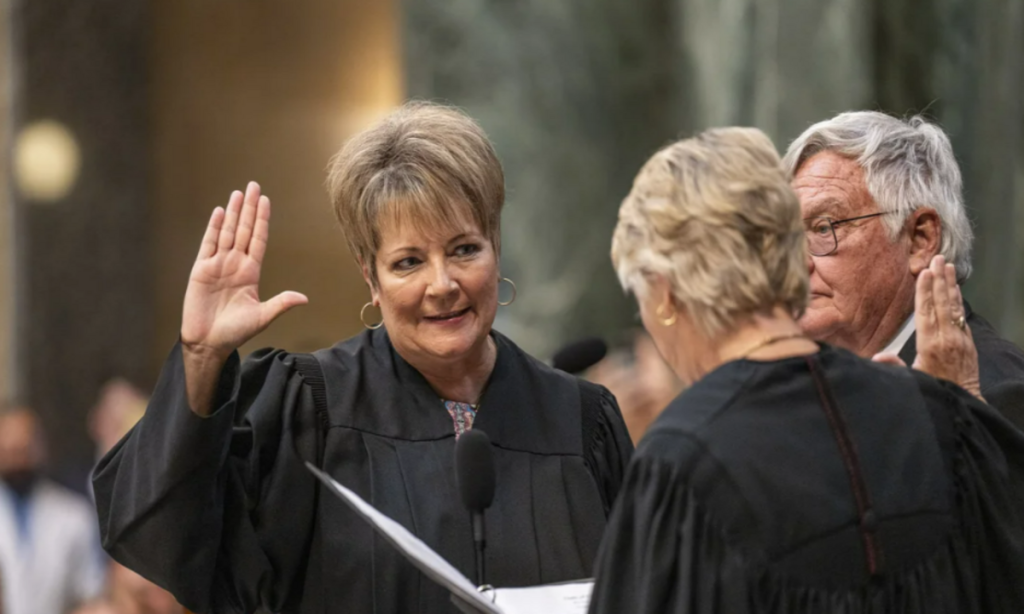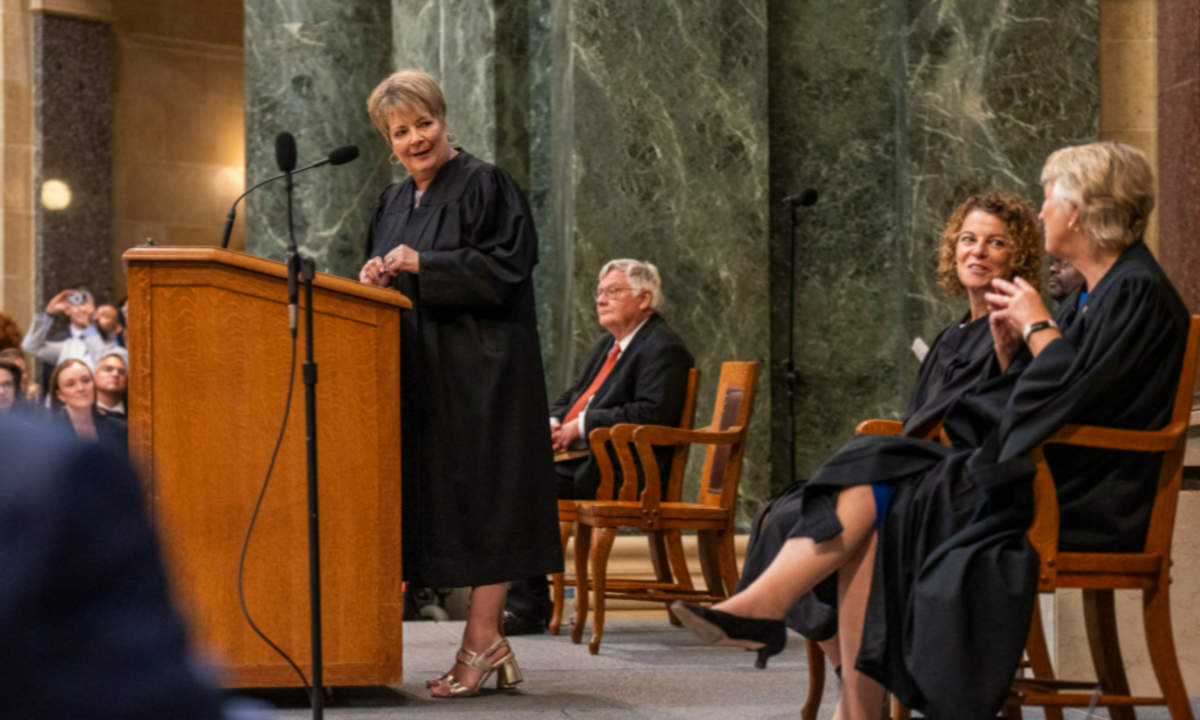The upcoming Wisconsin Supreme Court election, scheduled for April 1, 2025, holds significant implications for the state’s legal landscape, particularly concerning election laws, redistricting, and reproductive rights.
This election will determine whether the court maintains its current liberal majority or shifts to a conservative majority, thereby influencing critical decisions on these pivotal issues.
Candidates and Their Backgrounds
The race features two prominent candidates:
Judge Susan Crawford: A Dane County Circuit Judge with a history of liberal rulings, Crawford has garnered support from the Wisconsin Democratic Party and major liberal donors, including George Soros and Reid Hoffman.
Judge Brad Schimel: A Waukesha County Judge and former Republican Attorney General, Schimel is backed by conservative groups and influential figures such as Elon Musk. Musk’s nonprofit, Building America’s Future, has invested $1.6 million in television ads supporting Schimel’s campaign.
Impact on Election Laws and Redistricting
The composition of the Wisconsin Supreme Court is crucial in determining the outcome of cases related to election laws and redistricting. In recent years, the court has been instrumental in decisions affecting voter accessibility and district boundaries.
For instance, in December 2023, the court ruled in Clarke v. Wisconsin Elections Commission that the state’s legislative district maps were unconstitutional due to non-contiguous boundaries. This decision led to the redrawing of maps ahead of the 2024 elections, significantly impacting the political balance within the state legislature.
A shift to a conservative majority could influence future rulings on gerrymandering and voter rights, potentially upholding more restrictive voting measures and favoring maps that benefit Republican candidates.
Reproductive Rights at Stake
Reproductive rights are another critical issue potentially affected by the court’s composition. With ongoing national debates and legal challenges surrounding abortion laws, the Wisconsin Supreme Court may soon hear cases that could redefine reproductive rights within the state.
A conservative-leaning court might uphold stricter abortion regulations, while a liberal majority could protect or expand current reproductive rights. This judicial influence underscores the importance of the upcoming election for advocacy groups and voters concerned about bodily autonomy and healthcare access.
Campaign Dynamics and Funding
The high stakes of this election have attracted substantial attention and financial contributions from both in-state and national entities. Building America’s Future, a conservative nonprofit supported by Elon Musk, has allocated $1.6 million for television advertisements backing Schimel.
Conversely, liberal donors such as George Soros and Reid Hoffman have funneled significant resources into supporting Crawford’s campaign. This influx of funding has transformed the race into one of the most expensive state Supreme Court elections in Wisconsin’s history.
Voter Engagement and Turnout
Given the profound implications of this election, voter engagement is exceptionally high. Both parties are mobilizing efforts to educate constituents about the stakes involved, emphasizing how the court’s future decisions could directly impact Wisconsin residents’ lives.
Grassroots organizations are conducting voter registration drives, informational sessions, and community discussions to ensure a well-informed electorate. The outcome of this election will not only shape the state’s legal precedents but also reflect the broader political climate and priorities of Wisconsin’s populace.
The April 1, 2025, Wisconsin Supreme Court election is a pivotal event with far-reaching consequences for the state’s judicial direction. As voters head to the polls, they hold the power to influence critical issues such as election integrity, legislative representation, and personal rights. The heightened attention and investment in this race underscore its significance, marking it as a defining moment in Wisconsin’s legal and political history.
Disclaimer—Our team has checked this article to ensure its accuracy and eliminate any misinformation. We are committed to providing clear and reliable information for our readers.


